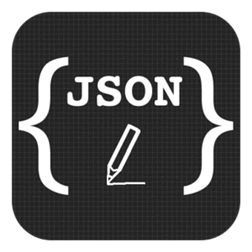Continuing our series of PostgreSQL Data Types today we’re going to introduce the PostgreSQL Point type.
In order to put the Point datatype in a context where it makes sense, we’re going to download a complete geolocation data set and normalize it, thus making good use of both the normalization good practice and those other PostgreSQL data types we’ve been learning about in the previous articles of this series.
Buckle-up, this is a long article with a lot of SQL inside.



